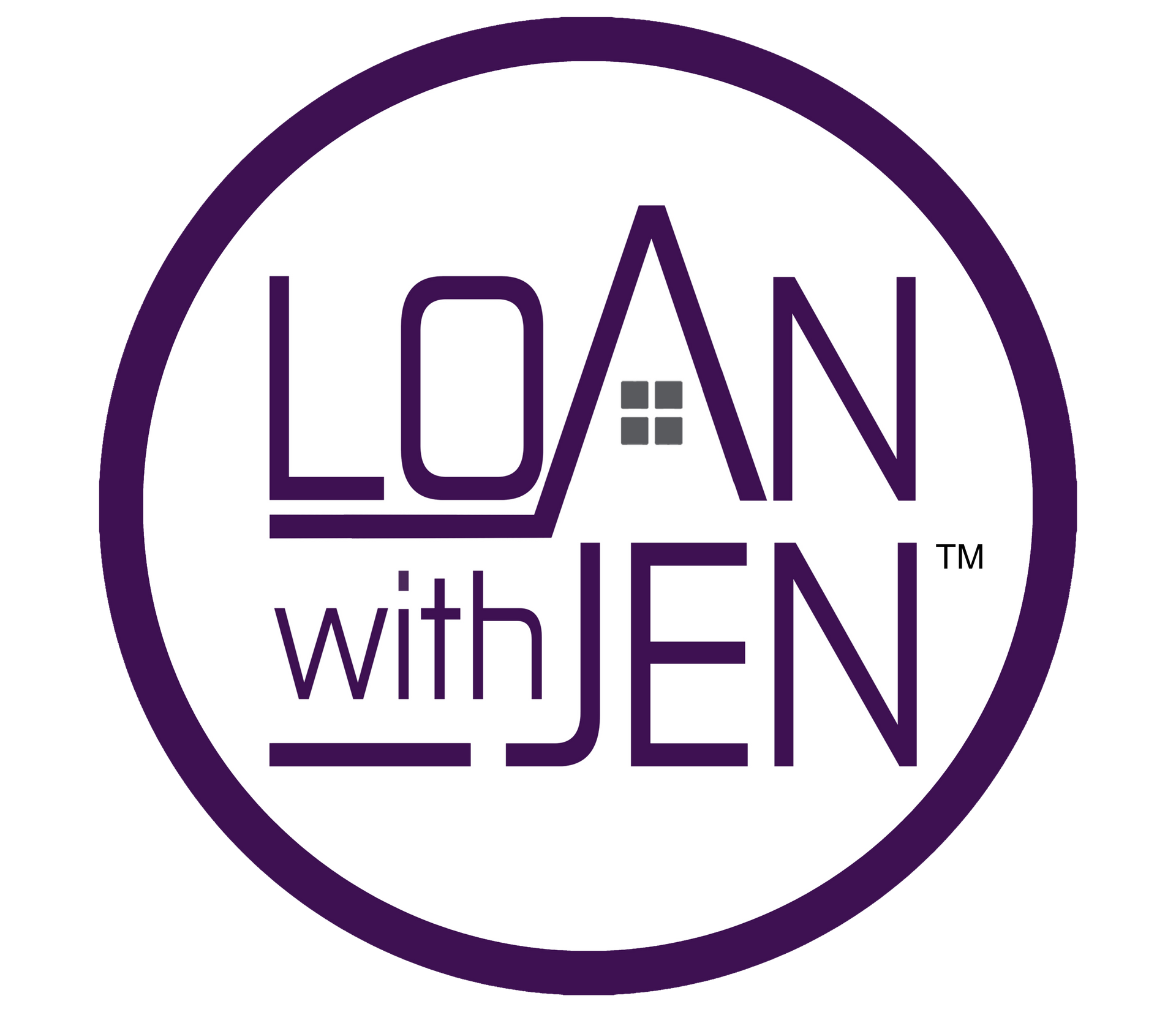We are an Equal Employment/Affirmative Action employer. We do not discriminate in hiring on the basis of sex, gender identity, sexual orientation, race, color, religious creed, national origin, physical or mental disability, protected Veteran status, or any other characteristic protected by federal, state, or local law.
Essential Documents for Your Pre-Approval
Getting pre-approved for a mortgage is an essential step in the home-buying journey. It not only signals to sellers that you’re a serious buyer but also helps you understand how much you can afford. However, to get pre-approved easily and smoothly, you need to be prepared with the right documents. Here's a detailed guide to help you gather everything you need for a stress-free pre-approval process.
Why Pre-Approval Matters
Pre-approval is a thorough evaluation of your finances by a lender to determine your eligibility for a mortgage and the loan amount you qualify for. Unlike pre-qualification, which is a preliminary estimate, pre-approval involves verifying your financial details with documentation. Being pre-approved gives you a competitive edge in the market and helps streamline the home-buying process. In fact, without a pre-approval, buyers will not take your offer seriously.
1. Proof of Income
Lenders need to confirm that you have a stable income to repay the loan. The type of documents required depends on how you earn your income:
For Salaried or Hourly Employees:
- W-2 Forms: Provide W-2s from the last two years to show consistent income.
- Recent Pay Stubs: Submit pay stubs for the last month to verify your current income.
For Self-Employed or Freelance Workers:
- Tax Returns: Supply your last two years of personal and business tax returns.
- Profit and Loss Statements: If you run a business, a profit and loss statement can further demonstrate financial stability.
For Other Income Sources:
- Social Security or Pension Income: Include award letters or pension statements, along with bank statements showing regular deposits.
- Child Support or Alimony: If you’re counting these as income, provide court orders and proof of deposits.
💡 Tip: Non-salary income, such as Social Security or child support, must show that it will continue for at least 36 months to be considered by lenders.
2. Proof of Assets
Assets are critical for showing that you have the funds necessary for a down payment, closing costs, and reserves. Be ready to provide:
Checking and Savings Accounts:
- Bank Statements: Submit two months of recent statements, including all pages.
- Large Deposits: If you’ve made any large deposits, you’ll need to explain their source. For example, if the deposit is a gift from a family member, you may need a signed gift letter from them.
Investment Accounts:
- Statements for retirement accounts, mutual funds, stocks, or bonds, showing their current value.
Why Lenders Need These:
Lenders scrutinize bank statements to:
- Verify your income deposits match your pay stubs.
- Check for recurring payments that might indicate debts not listed on your credit report.
- Confirm large deposits aren’t from loans you’ll need to repay.
3. Identification
To confirm your identity, you’ll need to provide a government-issued ID, such as:
- Driver’s license
- Passport
- Permanent Resident Card (if applicable)
- Visa documentation for non-U.S. citizens
Ensure your ID matches the name on all your financial documents to avoid delays.
4. Additional Documents (If Applicable)
Depending on your financial situation, lenders may request additional paperwork:
Bankruptcy or Foreclosure Records:
- If you’ve filed for bankruptcy or experienced foreclosure in the past, provide copies of discharge papers and court documents.
Divorce Decrees and Child Support Orders:
- If you pay or receive child support or alimony, include copies of court orders and proof of payment or receipt.
Other Properties Owned:
- For additional properties, provide:
- Recent mortgage statements
- Tax and insurance bills
- Homeowners Association (HOA) dues
Note: This applies to investment properties, vacation homes, or undeveloped land.
5. The Importance of Organization
A key to a smooth pre-approval process is organization. Lenders typically request documents for two years of financial history, so having these items readily available will save time. Prepare to submit paperwork electronically for faster processing. However, if you want to meet your lender in person to provide documents, schedule an appointment as soon as possible.
What Happens If Something Is Missing?
Missing documents can delay your pre-approval process. If you’re unsure whether a document is required, reach out to your lender early. For example, if there are inconsistencies in your bank statements or unexplained deposits, be proactive about providing explanations.
Resources to Help You Prepare
To make the process easier, here are a few resources you can use:
- Texas Mortgage Pre-Approval Checklist: A comprehensive list tailored to Texas homebuyers.
- Legacy Mutual Mortgage Homebuyer Resources: Explore tools and tips to navigate the pre-approval process confidently.
Why Work with a Local Lender?
Local lenders who offer personalized service and in-depth knowledge of Texas-specific requirements. They’ll guide you through every step, ensuring a smoother experience and faster turnaround time compared to national lenders. Reach out to me today by scheduling a 15 min call.
Get Pre-Approved with Confidence
Gathering the right documents is a vital part of getting pre-approved for a mortgage. By being prepared, you can reduce stress, save time, and set yourself up for success in the competitive housing market.
For more insights into the home-buying process, explore my YouTube channel for over 360 videos packed with tips, tricks, and in-depth explanations. Subscribe today to stay ahead on your home-buying journey!
Are you ready to take the first step? Contact A Trusted Mortgage Expert today to start your pre-approval process!











